Samsung PM9A3 15,36 TB NVMe GEN4 U.2 7mm 6 800MBps/4 000MBps – MZQL215THBLA-00A07
Samsung V6 (128 layers) V-NAND TLC
High storage capacity that delivers performance
Greater reliability with advanced V-NAND technology
Mainstream use, and is suitable for web, applications
Capacity: 15,36 TB
AED14,999.00
Samsung’s PM9A3 NVMe SSD offers best-in-class PCIe Gen.4 performance, multiple platform efficiencies, a highly scalable design encompassing several form factors, and greater reliability with advanced V-NAND technology. The SSD is specifically designed for the next era of servers, both in data centers and for enterprises in general, meets the needs of servers for mainstream use, and is suitable for the web, applications, and file servers.
SSDs, or disks with flash memories don’t yet reach such high capacities as traditional HDDs. Their undeniable advantages are however their high read/write speed and lower latency. Their lifetimes are basically equal to those of traditional hard drives nowadays, however, it’s important to choose the correct key DWPD value (no. of rewrites of the total capacity of the disk within one day).
Interface
When choosing a hard drive it’s important to consider the choice of SATA, SAS, or NVMe disks. SATA and SAS disks are intended for both HDDs and SSDs and differ in their theoretical transfer speeds. NVMe disks are flash-based only and as such reach much higher read/write numbers and are also characterized by their very low latency.
Speed and Capacity
A key parameter in terms of hard drives is their RPM, which ranges between 5400 and 15000. This directly influences the speed of the drive and with that, its price. Today, more and more HDDs are being replaced by SSD solutions. SSDs are many times faster and their prices are starting to get closer to those of traditional HDDs. Their access times are also often faster and there’s no wear when reading from the flash memory. The newest standard, NVMe, increases the quality of disks with flash memories even more and more hard drive manufacturers are starting to use it.
| Product Name | Samsung 15TB PM9A3 NVMe |
| Product Type | Solid State Drive |
| Wireless LAN | No |
| Product Family | PM9A3 |
| Drive Interface | U.2 (SFF-8639) NVMe |
| Drive Interface Standard | PCI Express NVMe 4.0 x4 |
| Drive Type | Internal |
| Form Factor | 2.5″ |
| Storage Capacity | 15.36 TB |
| Maximum Read Transfer Rate | 5200 MB/s |
| Maximum Write Transfer Rate | 4000 MB/s |
| Random 4KB Read | 850000IOPS |
| Random 4KB Write | 200000IOPS |
| Endurance (DWPD) | 1 |
| Endurance (TBW) | 28032 TB |
| Height | 0.3″ |
| Product Series | PM9A3 |
| Product Model | MZQL215THBLA-00A07 |
Based on 0 reviews
Only logged in customers who have purchased this product may leave a review.
 04 3550600
04 3550600 052 7036860
052 7036860 info@techsouq.com
info@techsouq.com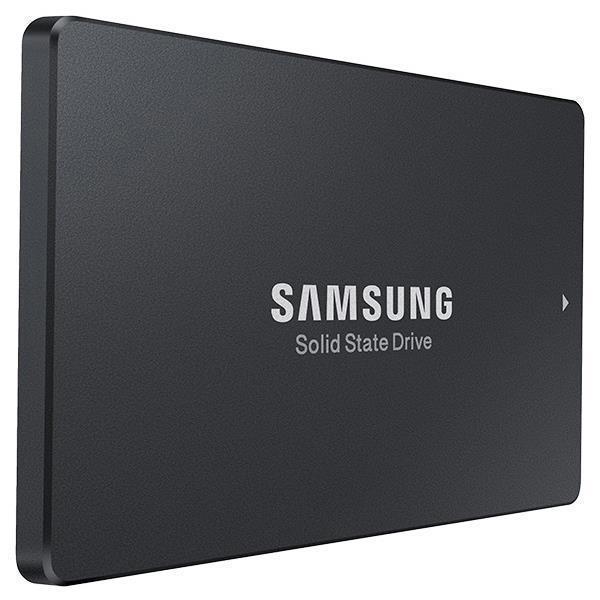
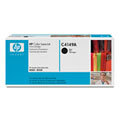
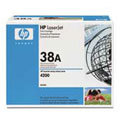
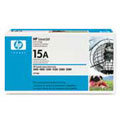
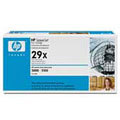

There are no reviews yet.